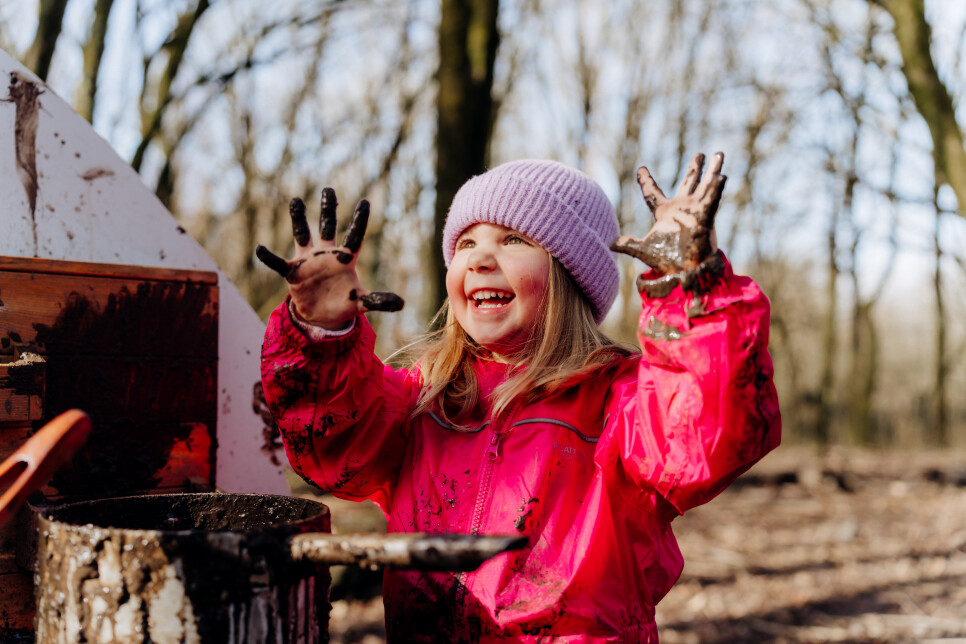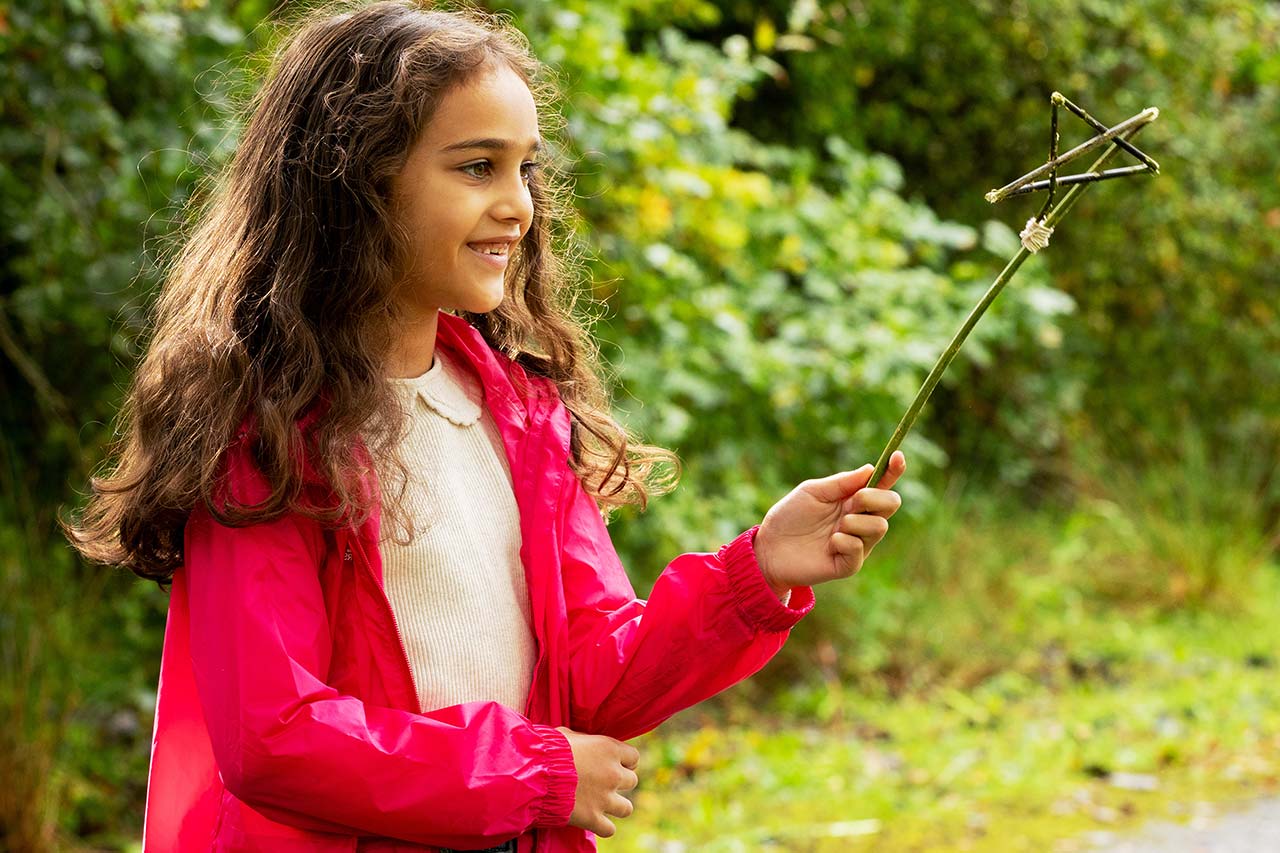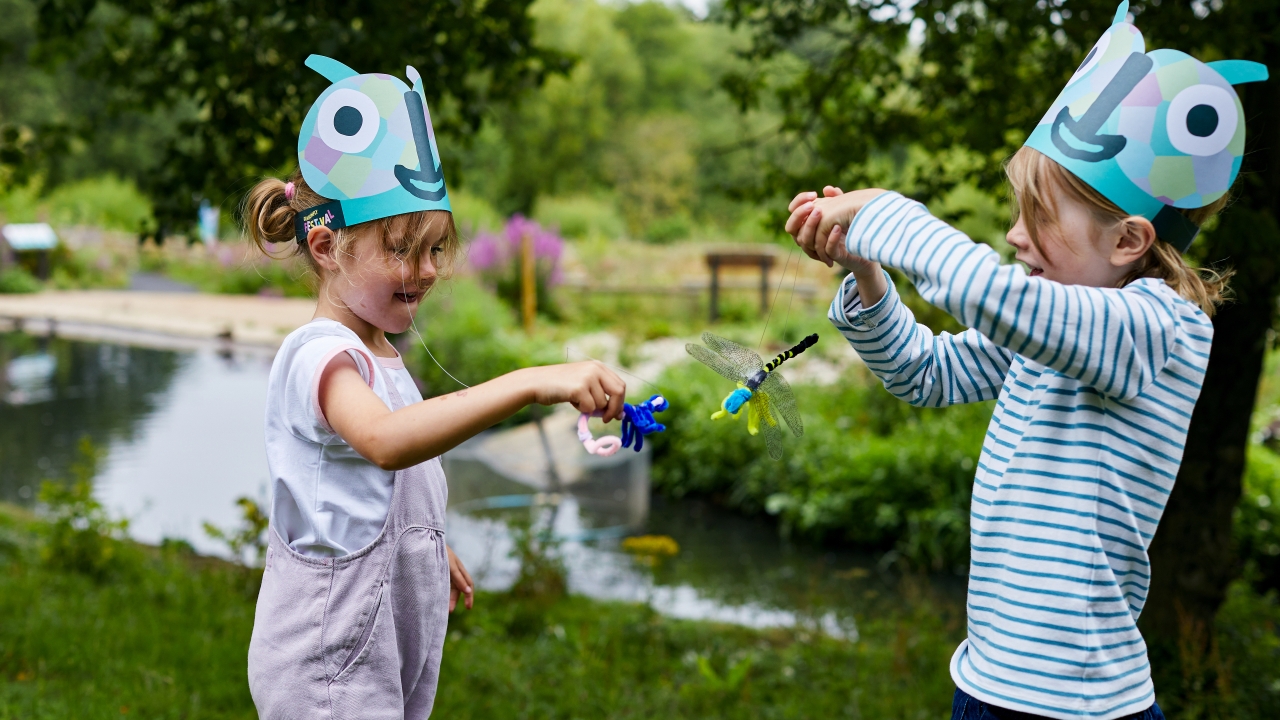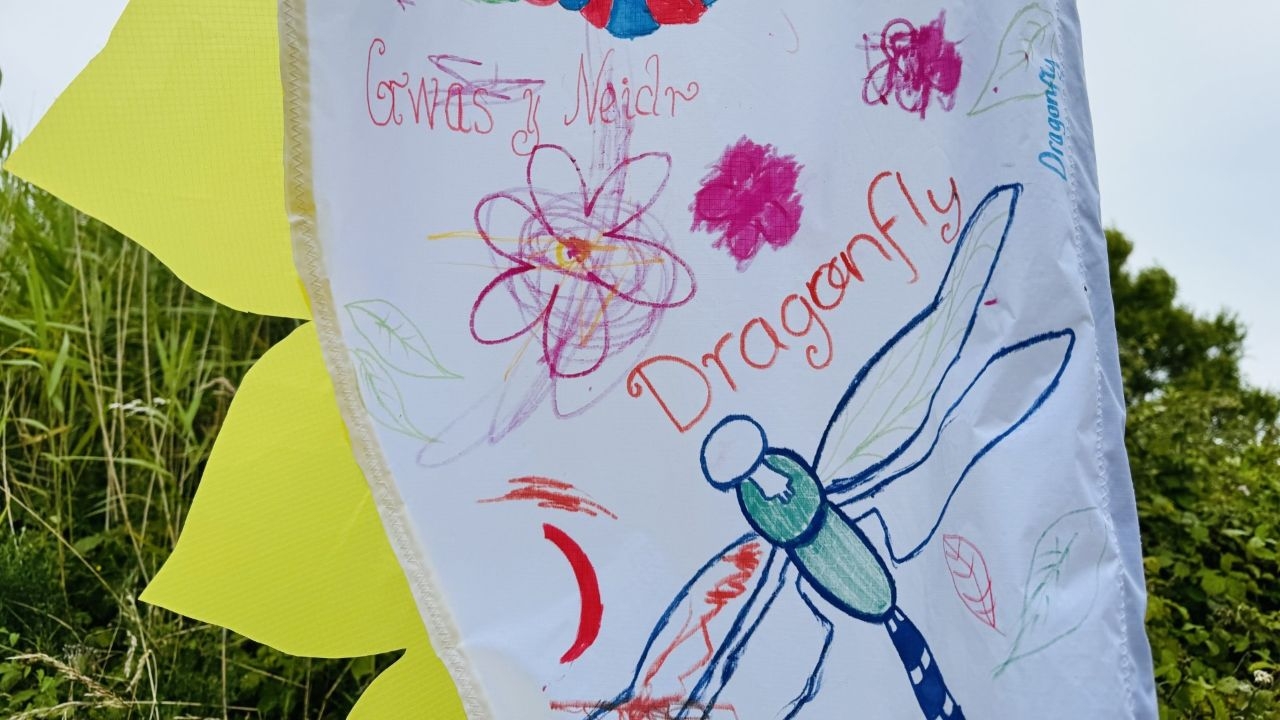A tale of two halves: there's more to Llanelli than meets the eye

Many visitors know about our fabulous, friendly collection of rare or endangered waterbirds, but Llanelli Wetland Centre is a tale of two halves.
In addition to our collection areas, we have a whole other world of breathtaking wetland beauty and incredible wildlife for you to discover on our reserve.
Book your entrance tickets in advance now and save 10%.
Our Wild Side
A 456-acre mosaic of lakes, scrapes, pools, reedbeds, streams, lagoons and saltmarsh forms our 'wild side'. These precious habitats make our site a refuge for many species of wetland wildlife, from rare wild orchids, insects, amphibians and other animals, to thousands of migratory birds that visit us seasonally every year.

Every creature or native species that calls our reserve its home is a wetland superstar.
Our location couldn’t be better. We’re on the north shore of the Burry Inlet, an area regarded as the most important estuary for waders and wildfowl in all of Wales. It’s one of the main flyways for migratory birds, with numbers peaking at more than 50,000 in winter.

Egret and spoonbill used to be a scarce sight in South Wales back when we opened in 1991. Today, we have egrets out on the saltmarsh all year long.
Sometimes cattle egret and great white egret are present amongst the little egrets, and it’s a beautiful sight to behold the different sizes standing together.
We’re also blessed with the presence of charismatic wintering spoonbill, with an incredible 17 flocking to us in recent winters.

Read more about how WWT Llanelli started
Millennium Wetlands
The Millennium Wetlands area of the reserve was officially opened in 2000, with 80 hectares of former agricultural land restored to their former glory. Exhausted, depleted land returned to deep freshwater lakes teeming with fish, shallow scrapes, reedbeds, and willow carrs – all carefully created to attract a diverse range of vulnerable birds and other wildlife.

The Llanelli reserve is home to one of the very few colonies of black-headed gulls in Wales. Watching closely from the Peter Scott Hide in spring and summer, you can see their beautiful mottled chicks, well-hidden against the rocks and vegetation. Look out for a few nesting Mediterranean gulls among them.
Our reserve was the first location in Wales to see a Mediterranean gull chick successfully fledge, and we’re excited to see numbers slowly increasing on our patch.

Several scarce moths have been recorded, such as the scarlet tiger and rosy wave moth. Look out for our volunteer moth expert, Mike the Moth Man, who you may find under the Heron's Wing Hide on your visit!
Summer visitors can see 22 species of dragonfly and damselfly, including the small red-eyed damselfly. In the summer holidays, you can dive into our Dragonfly Festival and enjoy guided dragonfly walks, pond dipping and special events to find out more about these fascinating and beautiful creatures.
Water Vole

The UK’s most rapidly declining mammal, the water vole, has been lost from 94% of the places it was once found.
The Millennium Wetlands is now one of only two National Key Sites for water voles in Wales.
WWT Llanelli is home to a thriving community of water voles. We do everything we can to protect and nurture them by conserving and creating the perfect wetland habitat for these lovable yet threatened mammals.
Lapwing

Our nature reserve here in Llanelli is one of only two locations in Carmarthenshire known to host breeding pairs of these elegant red-listed birds.
We continue to work hard to make the area around Deep Water Lake more appealing to lapwings, clearing vast amounts of scrub and trees on the island to improve sightlines. We also keep the birds supplied with cockleshells to nest on and aid with camouflage.
Otters

Wild otters have become a regular yet still elusive sight throughout the Millennium Wetlands since they discovered our plentiful fish supply and clean waterways.
Spend some time in the hides around Deep Water Lake for your best chance to spot these incredibly entertaining animals playing together or hunting for fish.
Who, what, where?
The lagoons nearest to the estuary are where birds gather in the greatest abundance. Regulars include black-tailed godwit, greenshank, little egret, curlew, pintail, shelduck, shoveler, snipe and teal.
As otters and herons have discovered, fish are plentiful in the deep-water lake. The banks contain several burrows used by water voles, and the islands provide nesting sites for lapwing.
Kingfishers breed in the Millennium Wetlands and can be seen fishing for their chicks in front of hides and willow screens. The best hides for kingfisher sightings year-round are the British Steel, Peter Scott, and Michael Powell hides.

The wonderful wet woodland growing near Deep Water Lake provides the perfect home for songbirds. Listen closely to see how many different species you can hear, and watch for beautiful woodpeckers and jays. If you're very lucky, you may hear a willow tit calling. The British willow tit is the UK’s fastest declining resident bird and is now rarer than the southern white rhino. The willow tit is a lover of our wet woodlands, where it likes to nest in rotting trees. At Llanelli, the reserve team is working hard to create more habitat for these vulnerable birds.
Wildflowers adorn the wetlands in spring and summer, with vast swathes of colour and scent. When the wildflower blooms are spent, we allow some wet meadows to flood in autumn. The seeds from the plants fall into the water, creating a valuable floating source of food for the hungry flocks of ducks arriving for winter. In spring, we drain the land to create nesting sites, and the plants start to grow back.
Don’t overlook the ditches, either! They provide essential highways for otters to travel along. Look for spraints, tracks and well-trodden paths as you explore.
The ditches also provide sanctuary for water voles which live in the banks and feast upon the lush vegetation.
Don’t miss
- Black-tailed godwits - our resident flock can be viewed year round
- Marsh marigolds - a burst of early colour in spring, these stunning ancient flowers can be seen thriving across the wetlands
- Dragons and damselflies - summer sees 22 species take to the wing at Llanelli
- Little egrets and great white egrets - look out for them on the saltmarsh and around the lagoon
- Summer migrant warblers sing from the reeds en masse in spring, with lesser whitethroat, sedge warbler, grasshopper warbler, reed warbler, willow warbler, and Cetti’s warbler all adding to the territorial sing-off happening across the reserve
- Hundreds of southern marsh orchids pop up across the reserve in summer – look for striking pyramidal and tiny bee orchids too
- Butterflies put on a dazzling display during warmer months, with species like red admiral, speckled wood, peacock and small tortoiseshell making it through to sunny autumn days
- Bittern - sightings of this rare bird in winter are becoming more frequent
- Winter wildfowl, including wigeon, teal, pintail and goldeneye
Ready to visit?
With so many wildlife encounters and inspiring activities, no two visits are the same. A visit also supports our vital work to restore wetlands and their wildlife.
Book online save 10%


